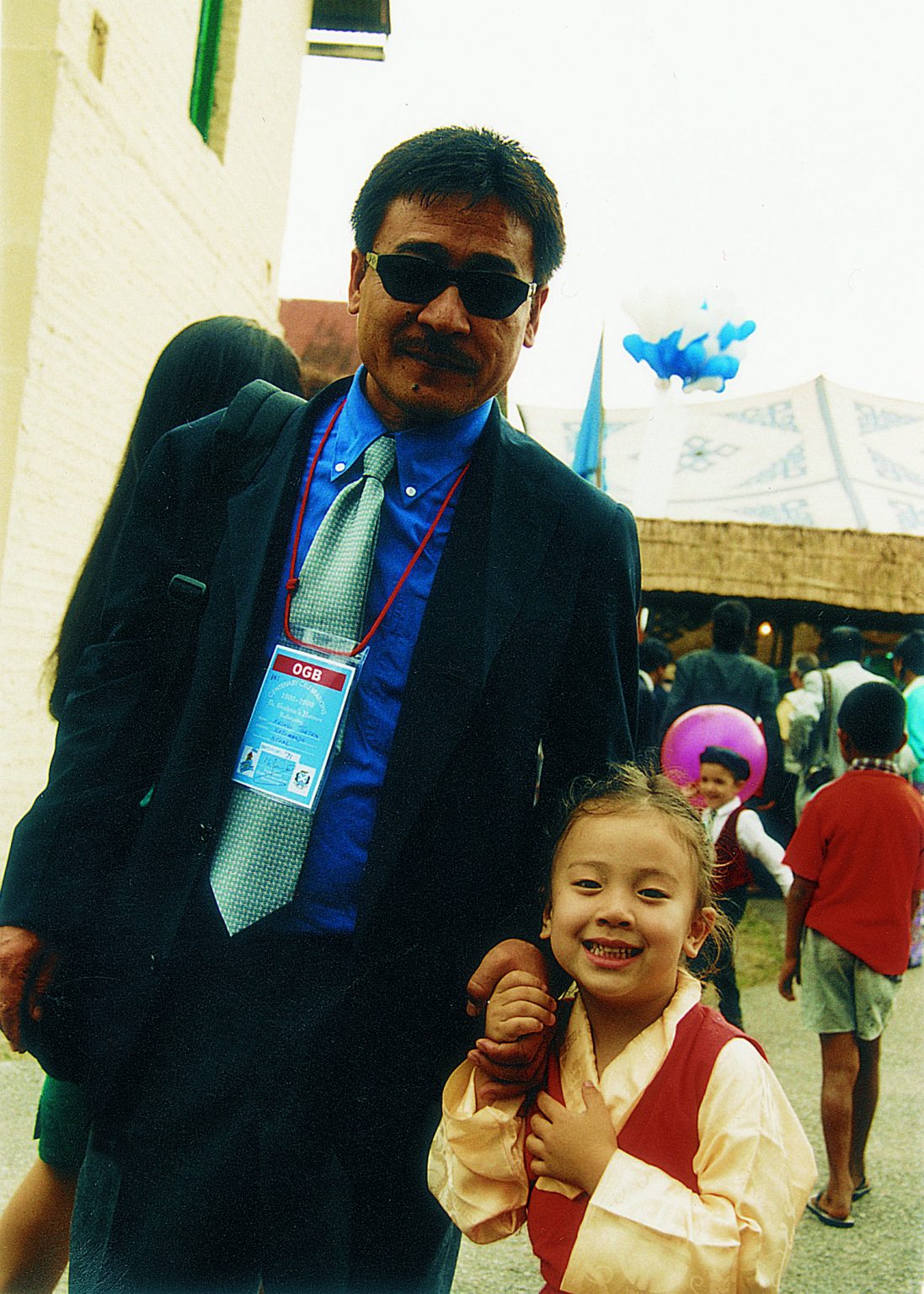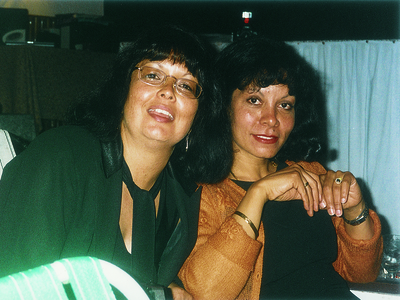WE HOMES CHAPS
This film explores the fragile ground where love and unlove cohabit, illuminating a rare space where the two are in close proximity but distinct. A unique Scottish Presbyterian home was founded by a missionary at the turn of the century in British India. It takes in orphans, mainly destitute Anglo-Indian children, and subsequently, children of Tibetan refugees and other Himalayan people in strife. Providing an all-round education with old-fashioned and colonial Christian values, it is a home for many that would not have had one. But it is also a universe unto itself, a “total institution.” For a “Homes chap” the institution is a surrogate parent, and an anchor and source of life-long attachment.
It is a love with an edge, a difficult love. Why that is so is what Tibetan filmmaker and Homes alumnus Kesang Tseten attempts to answer when he and his classmates of 29 years ago, return to the site of his childhood in the Village for Children in the lap of Kanchenjunga, during the heightened emotions of reunion and the institution’s centennial celebrations. This is a searing and yet lyrical reflection on displacement, marginality, nostalgia, the powerful hold of early experience, and the nature of love.
Given that, one understands the strong allegiance former students have toward their old institute, except, there is an edge to this love. The OGBs (Old Girls and Boys) never tire of recounting adversities experienced under the strictest and most authoritarian teachers and house-parents, going hungry throughout their schooling, and immersion in the Anglo-Indian moral universe of the institution. Some alumni also bear the scars of their long separation from home, others from abandonment. For Tibetans like Tseten, uprooted from their own country, “the Homes” prepared them for a new life in exile while estranging them from their homes and culture. “We Homes Chaps” does not assign blame but suggests that good intentions alone are not enough for children.
Gently though unwavering, the documentary looks at and brings illumination to one of the most difficult challenges: that of reconciling with our past, so that we may move forward. This deeply personal film affirms the powerful hold early experience has on us all.
—
“Imagine an island within an island within an island in the mists of Northern India… eloquently filmed… great subtlety… “
Matthew Finch, WBAI radio, New York City
“We Home Chaps is a documentary that reveals the subjective terrain between home as a physical place and home as a psychic space. We walk away with the sense that attachment is the guiding light of our psychological journey. Kesang Tseten has given us a documentary that touches our hearts.”
Jack Wiener, psychoanalyst, New York City
“We Homes Chaps is the gentlest of films – still, reflective, slowly plumbing that pool of pain called childhood. Everyone should see this film at least once – and be prepared to weep not just for the lost childhood of the Homes chaps, but their own.”
Paromita Vohra
DIRECTOR’S STATEMENT
“Instead of looking at the Other – the poor farmer, the tribal person, usually focusing on their guise as the exotic or the victim, always the distant Other – I thought it might be interesting and useful to point the camera at ourselves.”
“The idea that drove this film was very real, to me and many others who had gone to this Scottish Presbyterian boarding school for mainly disadvantaged children. It was to explore what I call this “difficult” love. Here was this unusual institution, that had shaped us profoundly, that we loved, and yet, I felt we always vividly remembered the difficult times, the humiliation; it wasn’t just a boarding school thing because here most of us were “sponsored” children from difficult fractured backgrounds. In fact, it was almost as if this extraordinary love we had was to do with the difficulties of the time”
“To my astonishment, gradually, as we were shooting during the happy reunion celebrations, people began to open themselves up and to talk about those less savory aspects of their experience. Sometimes, as in my own case, discovering or re-feeling long-dormant feelings even. At the end, rather than shy away, people were seeking the camera out, for moments of personal reckoning. The challenge lay in conveying these while not distorting or hiding the very real positive emotions that my friends felt about their experience. In a sense, it is a very adult film about school days.”





